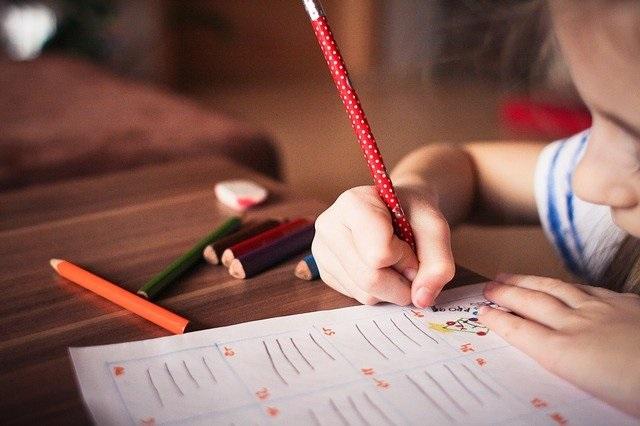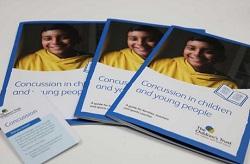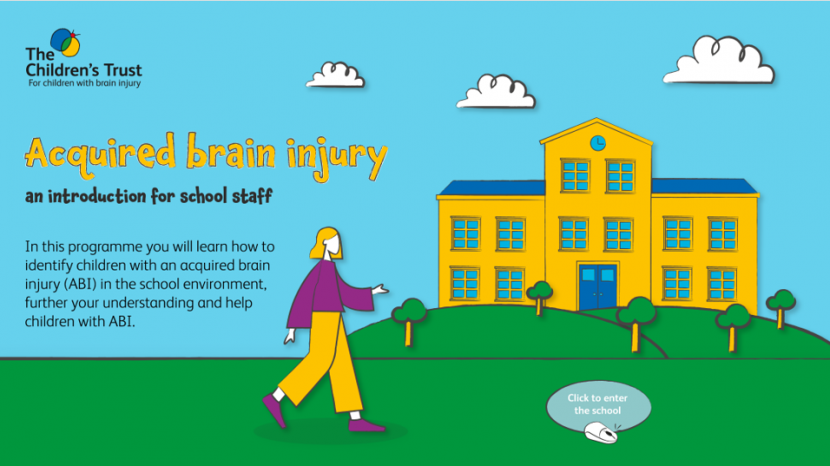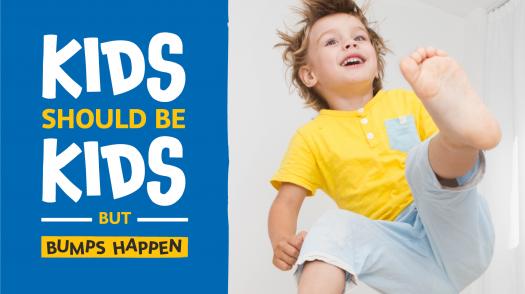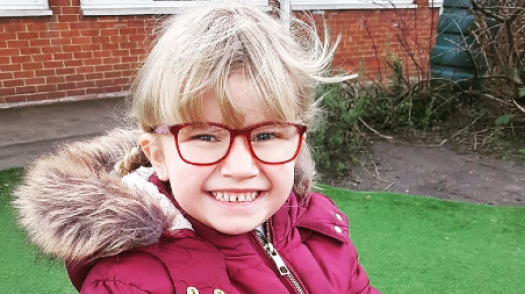On this page:
Information to share with teachers
Sometimes there are no immediate signs of concussion. However, symptoms can appear after a few hours or even days after the injury.
It’s important to ensure that teachers, parents and anyone who cares for the child know about any recent bumps or accidents so that they can look out for warning signs in the following days.
The term ‘mild brain injury’ may not be known by parents or teachers – so it’s often up to the parent/carer to pass on the knowledge they pick up.
It’s important that teachers know as much as possible about how your child might be affected. If you’re able to, sit down with your child’s teacher(s) as soon as possible to talk things over. If you can include the school’s Special Educational Needs Coordinator, then do. Each school is required to have one of these professionals by law.
A teacher will probably want to know what a brain injury means in the classroom in a very practical sense. It is worth explaining why and how your child may find the learning environment difficult.



